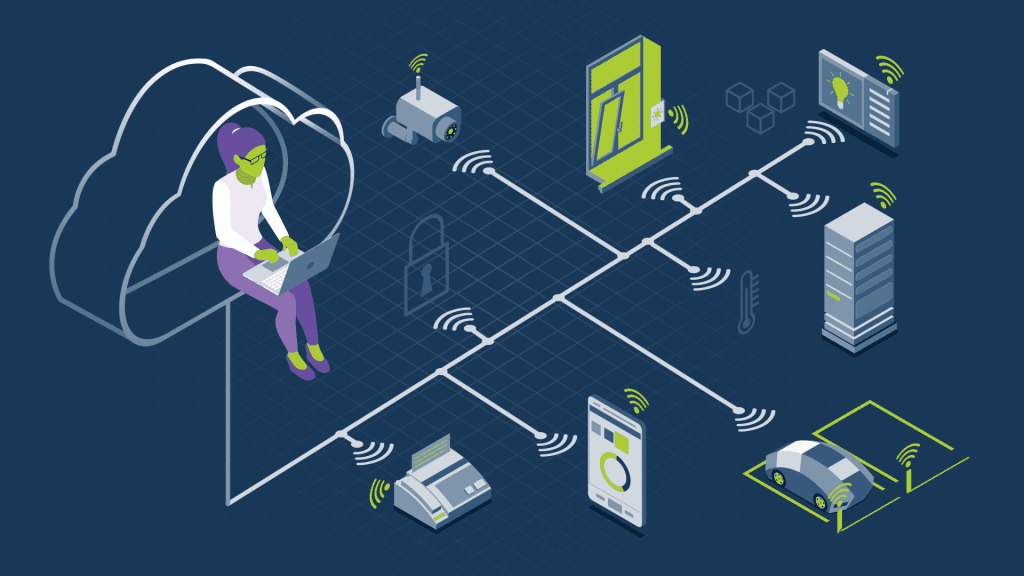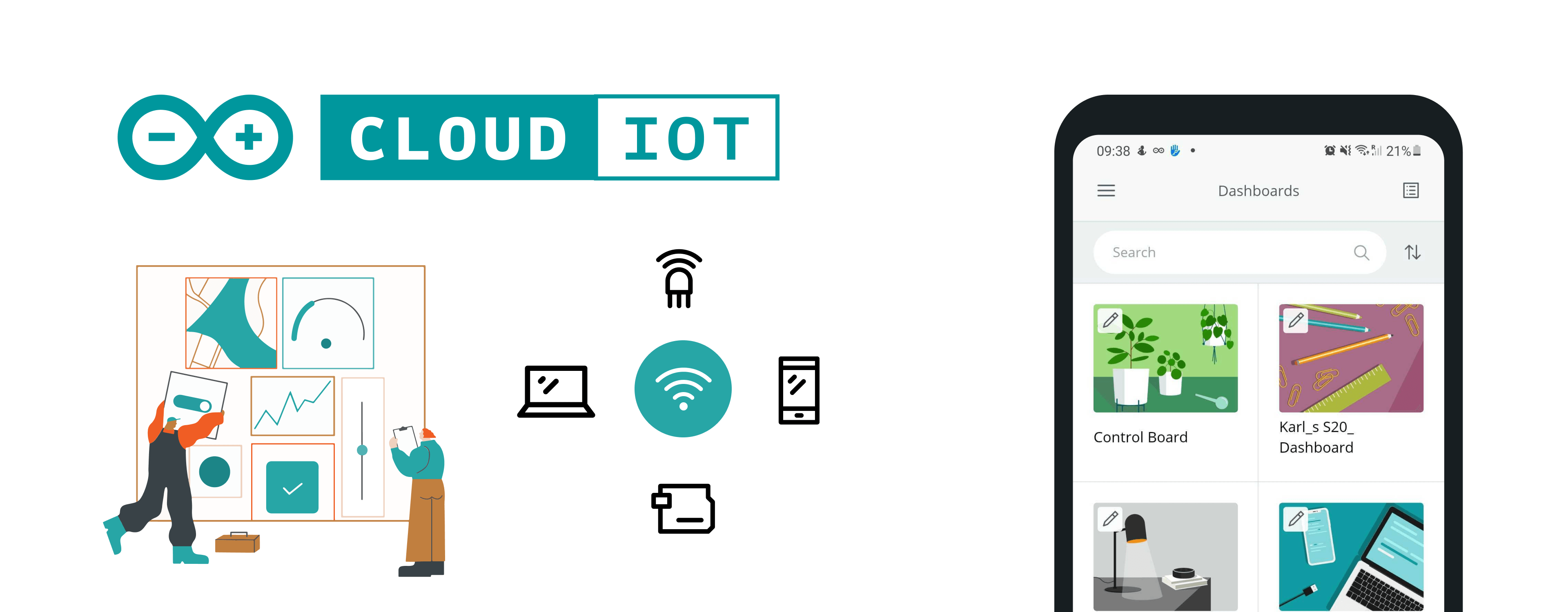In today's digital era, remote IoT (Internet of Things) access has become an essential feature for managing devices and systems from anywhere in the world. Whether you're a tech enthusiast, developer, or just someone looking to simplify your daily life, understanding how to log in remotely to IoT devices on Android can save you time and effort. This guide will walk you through everything you need to know about login remote IoT free Android.
The Internet of Things (IoT) has transformed the way we interact with technology. From smart homes to industrial automation, IoT devices are everywhere. However, managing these devices remotely can be challenging without the right tools and knowledge. This is where the concept of "login remote IoT free Android" comes into play, offering users a way to access and control their IoT devices from their Android smartphones without incurring additional costs.
This article aims to provide a detailed exploration of remote IoT access on Android, covering everything from basic setup to advanced troubleshooting. By the end of this guide, you'll have the tools and knowledge to confidently manage your IoT devices remotely.
Read also:Lara Rose Telegram Unveiling The Rise Of A Digital Sensation
Table of Contents
- Introduction to Remote IoT Access
- Benefits of Login Remote IoT Free Android
- How to Set Up Remote IoT Access on Android
- Best Tools for Remote IoT Access
- Security Considerations for Remote IoT Access
- Troubleshooting Common Issues
- Comparison of Free vs Paid Solutions
- Real-Life Examples of Remote IoT Access
- The Future of Remote IoT Access
- Conclusion and Call to Action
Introduction to Remote IoT Access
What is Remote IoT Access?
Remote IoT access refers to the ability to connect to and control Internet of Things devices from a remote location. This can be done through various platforms, including smartphones, tablets, and computers. For Android users, accessing IoT devices remotely can be a game-changer, especially when paired with free tools and applications.
Why Choose Android for Remote IoT Access?
Android is one of the most popular operating systems globally, offering a wide range of apps and tools that make remote IoT access simple and efficient. With its flexibility and compatibility with numerous IoT devices, Android provides a seamless user experience for managing smart devices remotely.
Key Features of Login Remote IoT Free Android
Some of the standout features of free remote IoT access on Android include:
- Cost-effectiveness
- Easy setup and configuration
- Compatibility with multiple IoT devices
- Real-time monitoring and control
Benefits of Login Remote IoT Free Android
Logging in remotely to IoT devices using Android offers numerous advantages. Here are some of the key benefits:
Cost Efficiency
One of the primary advantages of using free tools for remote IoT access is the cost savings. Many paid solutions can be expensive, especially for individuals or small businesses. Free Android apps provide a budget-friendly alternative without compromising functionality.
Increased Productivity
With remote access, you can manage your IoT devices from anywhere, at any time. This flexibility can significantly boost productivity, allowing you to make adjustments and monitor performance without being physically present.
Read also:4movierulz Telugu 2024 The Ultimate Guide To Your Favorite Telugu Movies
Enhanced Convenience
Managing IoT devices through an Android smartphone is incredibly convenient. Whether you're at home, work, or on vacation, you can easily access your devices and ensure everything is functioning as it should.
How to Set Up Remote IoT Access on Android
Setting up remote IoT access on Android is a straightforward process. Follow these steps to get started:
Step 1: Choose the Right App
There are several apps available for remote IoT access on Android. Some popular options include:
- Home Assistant
- ThingSpeak
- Blynk
Step 2: Connect Your IoT Devices
Once you've selected an app, connect your IoT devices to the platform. This usually involves entering device credentials and configuring settings.
Step 3: Configure Remote Access
Enable remote access settings within the app. This may involve creating a secure connection and setting up user permissions.
Step 4: Test Your Connection
After completing the setup, test your connection to ensure everything is working properly. Try controlling your devices remotely to confirm functionality.
Best Tools for Remote IoT Access
Several tools and platforms are available for remote IoT access on Android. Below are some of the best options:
Home Assistant
Home Assistant is a powerful open-source platform for managing IoT devices. It offers a user-friendly interface and supports a wide range of devices and integrations.
ThingSpeak
ThingSpeak is a cloud-based IoT platform that allows users to collect, store, and analyze data from IoT devices. It's particularly useful for monitoring and visualizing sensor data.
Blynk
Blynk is a popular app for controlling IoT devices remotely. It provides a drag-and-drop interface for creating custom dashboards and automating device actions.
Security Considerations for Remote IoT Access
Security is a critical concern when it comes to remote IoT access. Here are some best practices to ensure your devices are protected:
Use Strong Passwords
Always use strong, unique passwords for your IoT devices and remote access accounts. Avoid using default credentials and change passwords regularly.
Enable Two-Factor Authentication
Two-factor authentication adds an extra layer of security by requiring a secondary verification step before granting access.
Regularly Update Firmware
Keep your IoT devices and apps up to date with the latest firmware and security patches. This helps protect against vulnerabilities and potential threats.
Troubleshooting Common Issues
Even with proper setup, issues can arise when accessing IoT devices remotely. Here are some common problems and solutions:
Connection Problems
If you're experiencing connection issues, check your network settings and ensure your devices are properly connected to the internet.
Device Not Responding
If a device isn't responding, try restarting it or resetting the app configuration. Additionally, verify that the device is within range and has sufficient power.
App Crashes
App crashes can be frustrating but are often resolved by updating the app or reinstalling it. Ensure your Android device is running the latest operating system version for optimal compatibility.
Comparison of Free vs Paid Solutions
While free tools for remote IoT access on Android offer many benefits, paid solutions may provide additional features and support. Below is a comparison of the two options:
Free Solutions
- Cost-effective
- Basic functionality
- Community support
Paid Solutions
- Advanced features
- Professional support
- Enhanced security
Real-Life Examples of Remote IoT Access
Remote IoT access has numerous practical applications across various industries. Here are some real-life examples:
Smart Homes
Homeowners can use remote IoT access to control lighting, thermostats, and security systems from their Android devices, ensuring a comfortable and secure living environment.
Industrial Automation
In manufacturing, remote IoT access allows engineers to monitor and adjust machinery settings in real time, improving efficiency and reducing downtime.
Healthcare
Remote IoT access is also used in healthcare to monitor patient vitals and manage medical devices, providing timely interventions when necessary.
The Future of Remote IoT Access
As technology continues to evolve, the future of remote IoT access looks promising. Advances in artificial intelligence, machine learning, and 5G networks will further enhance the capabilities and accessibility of IoT devices. Android users can expect even more innovative tools and applications to simplify remote management.
Conclusion and Call to Action
In conclusion, logging in remotely to IoT devices using Android is a powerful and convenient solution for managing smart devices. By following the steps outlined in this guide, you can set up and secure your remote IoT access with ease. Remember to prioritize security and explore the various tools and platforms available to find the best fit for your needs.
We encourage you to share your experiences and insights in the comments section below. Additionally, consider exploring other articles on our site to deepen your understanding of IoT and related technologies. Together, let's embrace the future of connected living!

